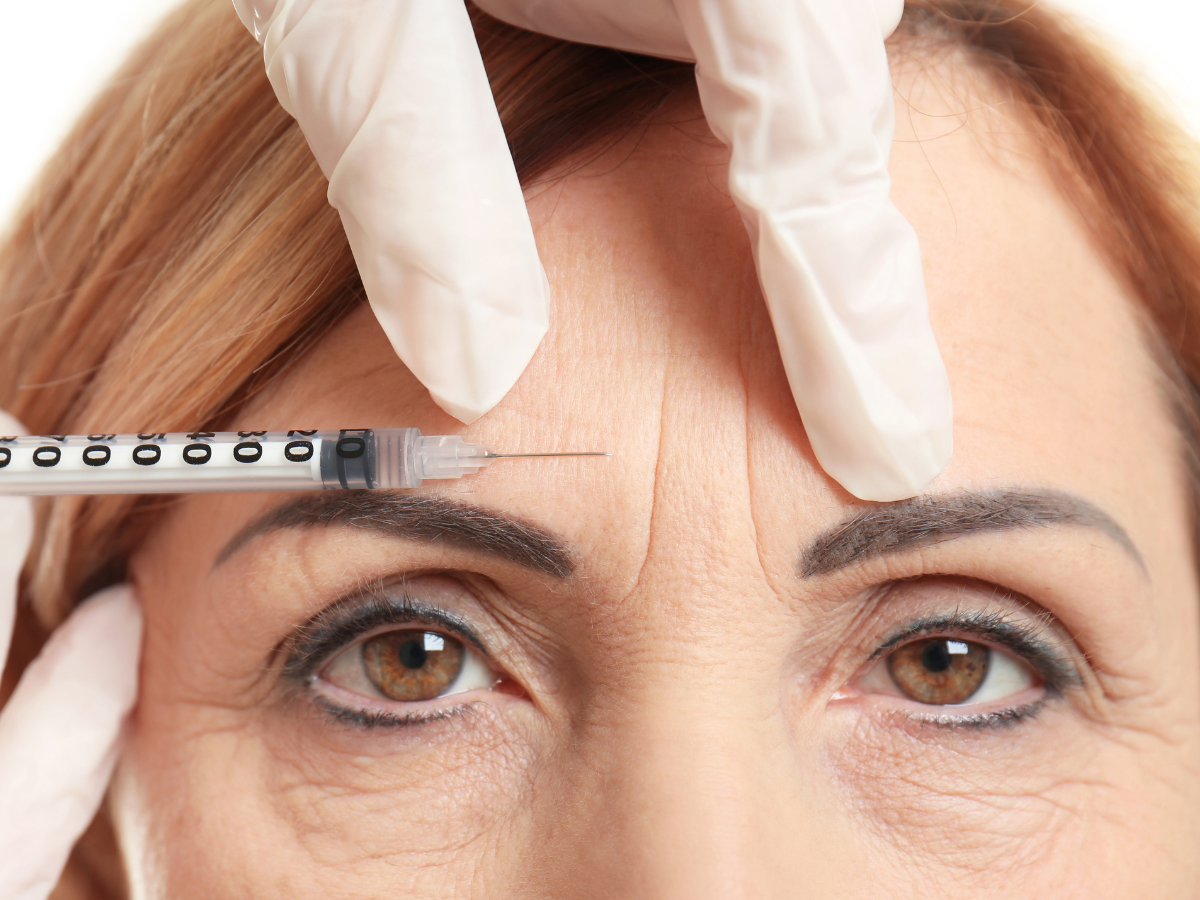Let’s be honest. Most of us don’t walk into a clinic saying, “I think my estrogen is declining” or “Hey, I bet I’m low on testosterone today.” That’s not how it starts.
What it can sound like is this:
- “I’m exhausted no matter how much I sleep.”
- “My fuse is shorter than it used to be.”
- “I don’t feel like myself anymore.”
Maybe it’s been creeping in for months. Maybe it showed up out of nowhere. Either way, it feels off. Not dramatic, just… different. Like your body is out of sync with your mind. Like your motivation took a vacation and forgot to come back. Like something underneath the surface is shifting, and no amount of coffee, clean eating, or deep breathing is fixing it.
Those are the real-world signals of hormone imbalance. They tend to show up when you’re not expecting them and often hang around long after you’ve ruled out everything else.
How Do You Know If You Need Hormone Replacement Therapy?
Hormone Replacement Therapy is not about chasing youth. It is about answering your body when it starts raising its hand. When hormones slip out of balance, the effects can be quiet at first, then suddenly loud. Energy fades. Mood shifts. Sleep unravels. HRT steps in to steady the chaos and bring your system back to center.
But how do you know when it is more than just a rough patch? Here is what to watch for.
For Women: The Rollercoaster Gets Real
- Hot flashes that seem to arrive out of nowhere, often followed by chills
- Night sweats that soak through the sheets
- Mood swings that feel uninvited and unexplainable
- Trouble sleeping, even when exhausted
- Brain fog, forgetfulness, or trouble focusing
- Vaginal dryness or discomfort
- Loss of libido, or just feeling disconnected from your body
If any of these hit close to home, you’re not imagining things. These symptoms are tied to declining estrogen and progesterone levels, often starting in perimenopause, which can sneak up as early as your late 30s or early 40s.
- Low energy, especially in the mornings
- Reduced sex drive, or performance issues
- Weight gain, particularly in the belly
- Muscle loss, despite regular workouts
- Mood dips, including depression or irritability
- Mental fatigue, like you’ve lost your edge
As testosterone naturally declines, often beginning around age 40, the changes can be slow but noticeable. You might not realize it right away, but over time it becomes harder to feel motivated, focused, or physically strong.
Want to dig deeper into what might be behind your symptoms? Take a look at our Hormone Imbalance page.
What Is the Average Age of HRT?
The right time to start hormone replacement therapy looks different for everyone. There’s no set age that fits all, but there are some familiar patterns that help guide the conversation.
Women: The Perimenopause Pivot
Most women begin HRT between the ages of 45 and 55, often when symptoms of menopause start to disrupt sleep, mood, or overall quality of life. Some women may begin earlier, especially if they experience early menopause or have had a hysterectomy.
For many, it is more than simply easing hot flashes. It is about reconnecting with your body and regaining a sense of normal.
Men: When Low T Becomes a Blocker
Men typically begin considering HRT, especially testosterone therapy, in their early to mid-40s. It often starts when persistent symptoms like fatigue, muscle loss, and low libido start affecting daily life in noticeable ways.
But age alone does not determine readiness for treatment. A full picture includes:
- Blood test results
- Family history of hormone-related conditions
- Your unique mix of symptoms
- Lifestyle factors such as stress, sleep habits, and nutrition
You do not have to wait for a certain birthday or milestone. What matters most is finding a provider who listens and works together to build a plan that fits your body and your goals.
What Are the First Signs That HRT Is Working?
You’ve had the labs. You’ve started treatment. Now you’re in the in-between space, wondering if anything is actually changing.
So what should you be looking for?
Here’s what most women notice first:
- Fewer or less intense hot flashes
- Improved sleep (finally)
- A clearer head and more stable mood
As treatment continues, many women also report a renewed interest in intimacy, healthier skin, and an overall sense of feeling more like themselves again.
For men, the early signs often include:
- Boosted energy and stamina
- More focus and mental sharpness
- A noticeable increase in libido
These early changes typically begin within one to three weeks of starting treatment. The full benefits tend to build gradually over two to three months, as your hormones level out and your body begins to respond more consistently.
Every body is different, and not all types of HRT deliver results at the same pace. That’s why we offer several approaches to fit your needs, including daily topical treatments, long-acting injections, and pellet therapy. We work with you to monitor your response, adjust your plan, and make sure you are getting the support your body needs.
Find Out If HRT Is Right for You at Reverse Aesthetics
Your symptoms are not random.
They are signals your body is sending, and you do not have to figure them out on your own.
At Reverse Aesthetics, we approach hormone wellness with care, precision, and personalization. No quick fixes. No one-size-fits-all plans. Just a science-backed, human-first process that starts with listening and leads to you feeling like yourself again.
Whether you are just beginning to notice shifts or have been dealing with brain fog, hot flashes, or low energy for a while, we are here to help. Our Wellness Services include thorough evaluations, advanced lab testing, and treatment options designed specifically for your body, your goals, and your life.
Think you may need hormone replacement therapy?
Schedule a consultation with Reverse Aesthetics to get a personalized evaluation and treatment options that fit your needs.











